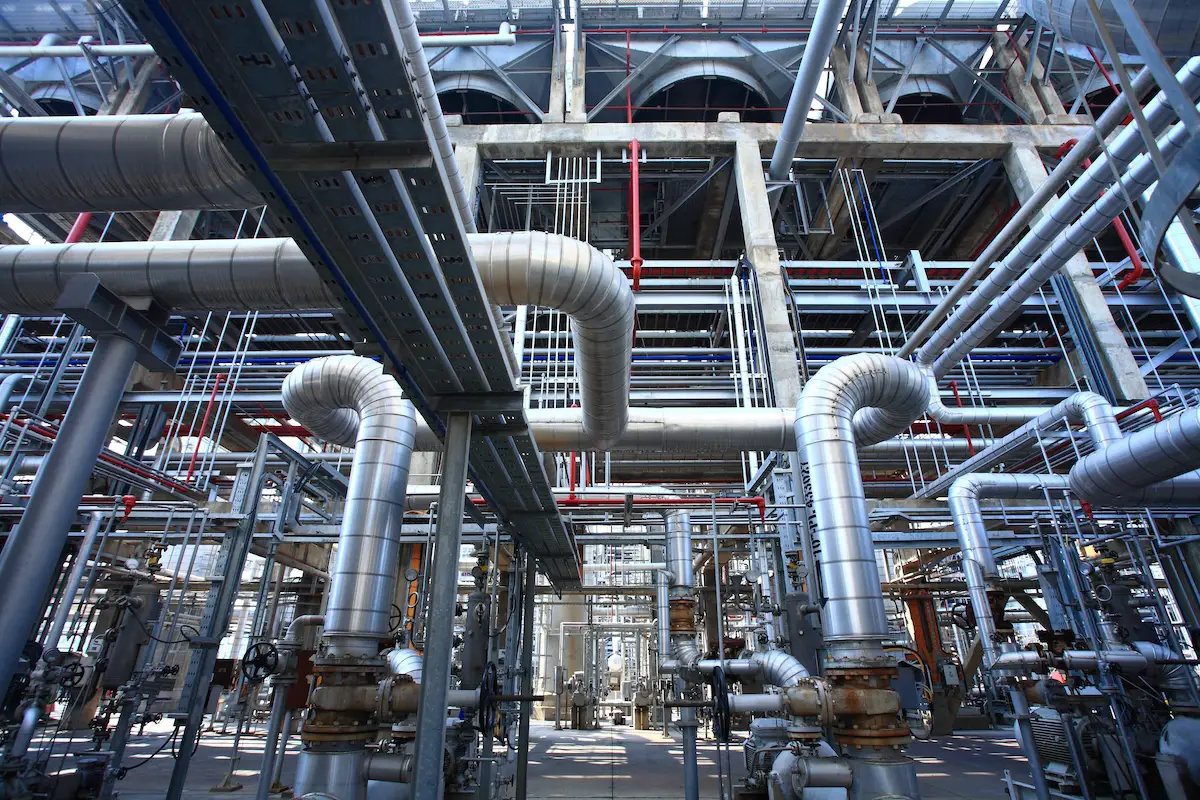Importance of Dispensing Pumps in Industrial Processes

Estimated reading time: 5 minutes
Table of contents
Dispensing pumps are the backbone of numerous industrial processes, serving as the fundamental mechanism for delivering fluids or materials accurately and efficiently.
The criticality of these pumps lies in their ability to maintain precision, ensure consistency, and minimize waste during production. Industries rely on these pumps to handle a wide array of substances, from simple liquids to highly viscous or abrasive materials.
This article will explore the various elements that impact pump selection, the available types of dispensing pumps, and the procedure for choosing the optimal pump to improve efficiency and ensure quality.
Factors Influencing Pump Selection
Nature of the Substance
The characteristics of the substance being dispensed significantly impact pump selection. Factors like viscosity, chemical compatibility, the presence of solids or abrasives, and shear sensitivity dictate the choice of pump mechanism.
For instance, substances with high viscosity might require positive displacement pumps for accurate delivery, while shear-sensitive fluids could benefit from peristaltic pumps to prevent degradation.
Accuracy and Precision
Industries such as pharmaceuticals, electronics manufacturing, and precision engineering require pumps capable of delivering fluids with extreme accuracy. Precise control over flow rates and volumes is crucial to ensure consistency and quality in the final product.
Production Volume and Speed
Understanding the production requirements, including volume and speed, helps in selecting pumps that can efficiently handle the necessary throughput. Some processes might demand high-speed dispensing, while others might require slower, more controlled delivery.
Compatibility and Cleanability
Hygiene and substance compatibility are paramount in industries like food, pharmaceuticals, and biotechnology. Pumps should be constructed from materials that are compatible with the substances being dispensed and should be easily cleanable to prevent contamination and ensure product purity.
Types of Dispensing Pumps
1. Peristaltic Pumps
These pumps are characterized by their design using flexible tubing squeezed by rollers or shoes to create flow. Their inherent design isolates the fluid from the pump components, making them suitable for sterile or sensitive applications like pharmaceuticals, where cross-contamination risks must be minimized.
2. Diaphragm Pumps
Diaphragm pumps use a diaphragm to create a pumping action that displaces the fluid. They are well-suited for precise dispensing, especially in applications where accurate volumes are essential, such as in laboratories or chemical production.
3. Gear Pumps
Gear pumps operate by using rotating gears to move fluids through the pump. They excel in handling high-viscosity fluids and maintaining a consistent flow rate, making them suitable for applications like adhesives or lubricants.
4. Piston Pumps
Piston pumps utilize pistons to displace fluids, offering high precision and capable of handling high-pressure applications. They find use in industries requiring accurate dosing or in hydraulic systems.
5. Centrifugal Pumps
Centrifugal pumps are commonly used in transferring large volumes of liquids between tanks or processes. However, due to their design focused on high flow rates rather than precision, they might not be ideal for applications requiring precise dispensing.
6. High Viscosity Pump Dispensers
In industries dealing with substances of high viscosity, such as adhesives, pastes, or gels, specialized pumps designed explicitly for handling such materials play a crucial role.
A high viscosity pump dispenser is engineered to manage thick fluids efficiently. They often belong to the category of positive displacement pumps, which excel in accurately dispensing substances with higher resistance to flow.
Features of High Viscosity Pump Dispensers
- Positive Displacement Mechanism: These pumps work on the principle of positive displacement, ensuring a consistent and precise flow regardless of the substance’s viscosity. They displace a fixed volume of fluid with each cycle, making them highly accurate.
- Robust Construction: High viscosity pump dispensers are built to withstand the challenges posed by thick fluids. They often feature rugged components and materials capable of enduring the stresses caused by viscous substances without compromising performance.
- Enhanced Force and Pressure Handling: As viscosity increases, so does the force required to move the substance. These pumps are equipped with mechanisms to generate sufficient force or pressure to efficiently dispense highly viscous materials.
- Customizable Flow Rates: Depending on the application requirements, these pumps can often be adjusted to deliver variable flow rates, allowing for flexibility in dispensing different quantities as needed.
SEE ALSO: Flow | A Simple But Addicting Game
Selecting the Right Pump for Enhanced Efficiency and Quality
1. Define Application-Specific Requirements
Understanding the unique demands of the industrial process is critical. Detailed analysis of factors such as required flow rates, substance characteristics, precision levels, hygiene standards, and environmental conditions will help in determining the most suitable pump.
2. Evaluate Pump Features
Comparing various pump features against the specific application requirements is crucial. Factors to consider include material compatibility with the substance, ease of maintenance, flow control mechanisms, pressure handling capabilities, and the pump’s ability to adapt to changes in viscosity or pressure.
3. Conduct Testing and Trials
Before finalizing a pump for full-scale implementation, conducting thorough tests or trials within the production environment is beneficial. These tests allow for observation of pump performance, accuracy, and reliability under actual operating conditions.
Additionally, they provide opportunities for adjustments or modifications if necessary.
4. Consider Long-Term Cost and Maintenance
While the initial cost of a pump is important, evaluating long-term operational costs and maintenance requirements is equally crucial. Pumps that require minimal maintenance, consume less energy, and have a longer lifespan can significantly reduce overall operational costs over time.
Conclusion
The selection of an appropriate dispensing pump is a critical decision for industries aiming to optimize their processes for enhanced efficiency and superior product quality. By thoroughly assessing the unique requirements of the application, understanding the diverse types of pumps available, and conducting rigorous testing, industries can make informed choices.
A well-chosen dispensing pump not only streamlines operations but also ensures accuracy, consistency, and reliability, ultimately contributing to the overall success and competitiveness of industrial production processes.







